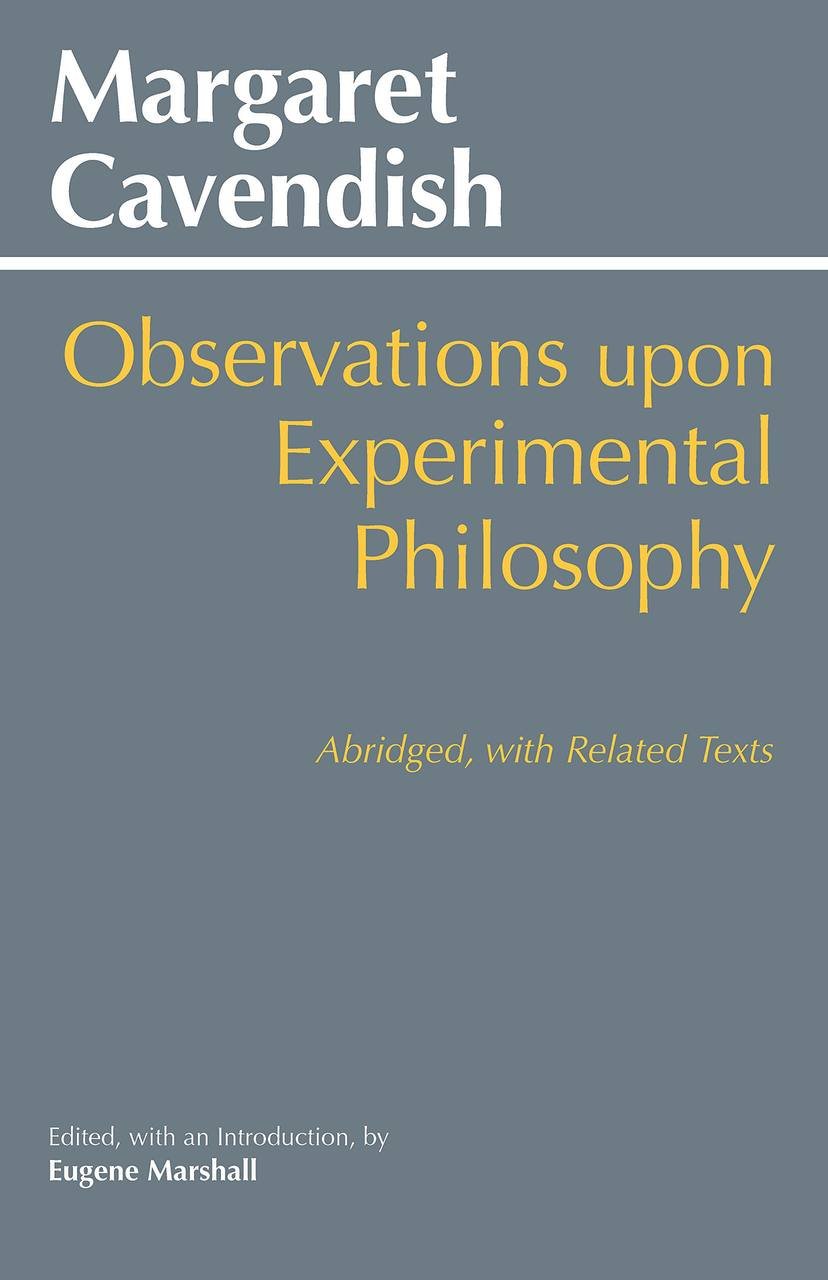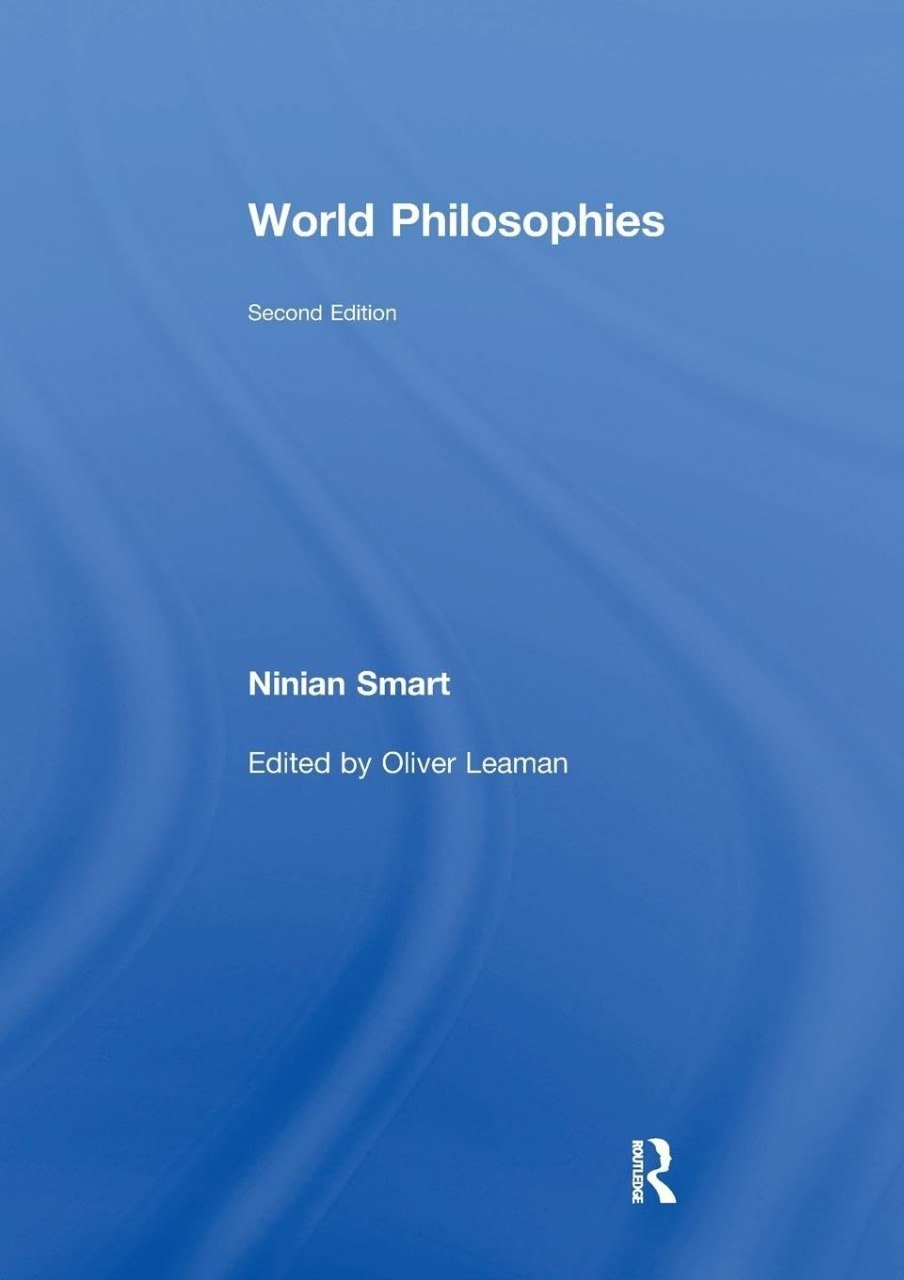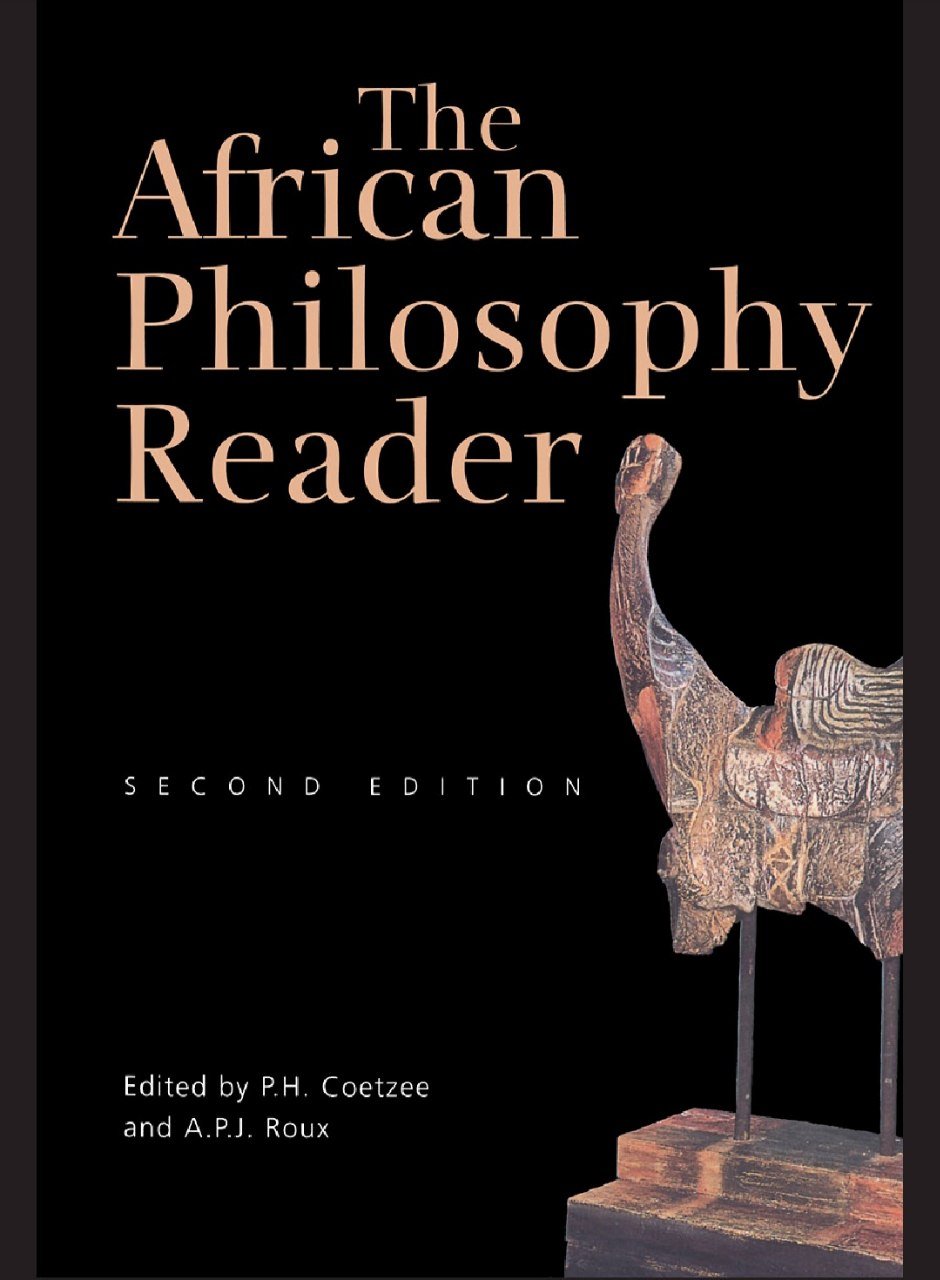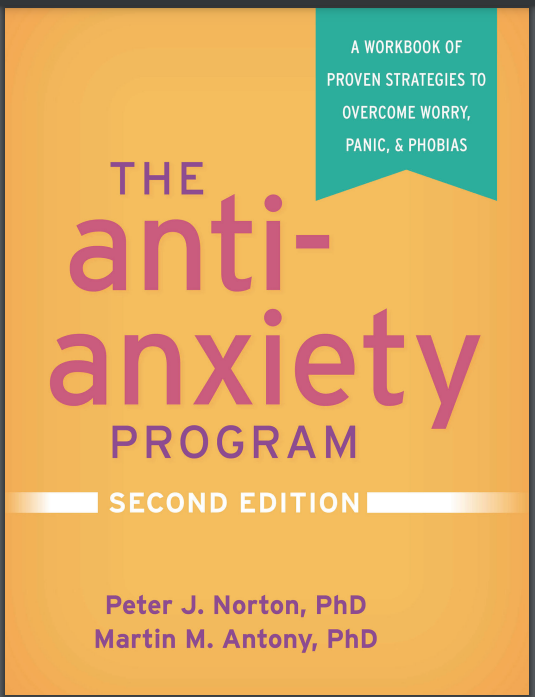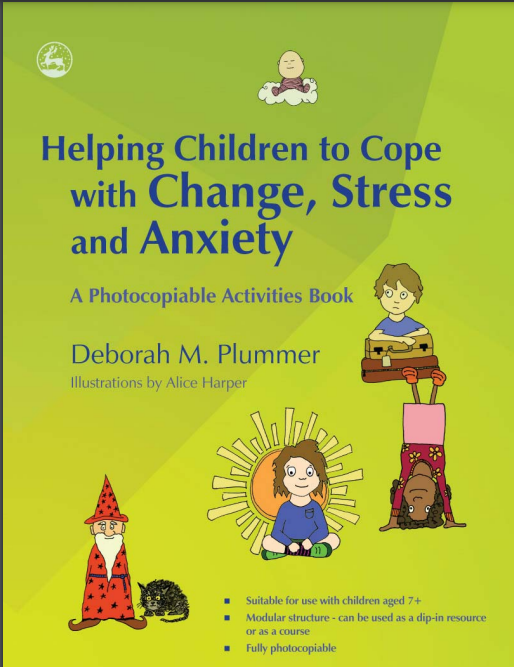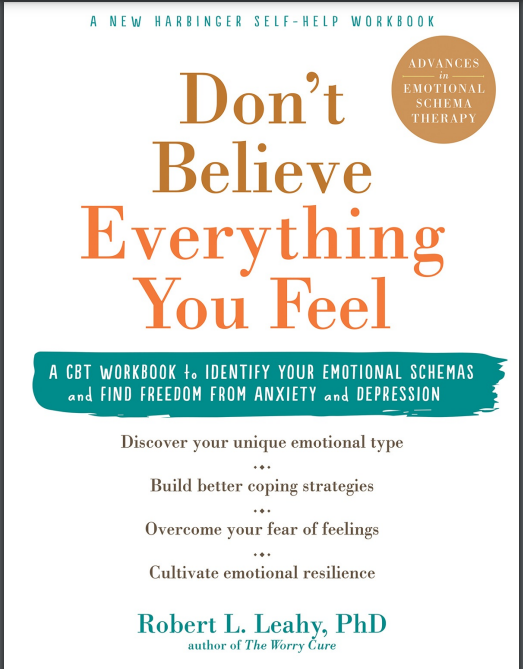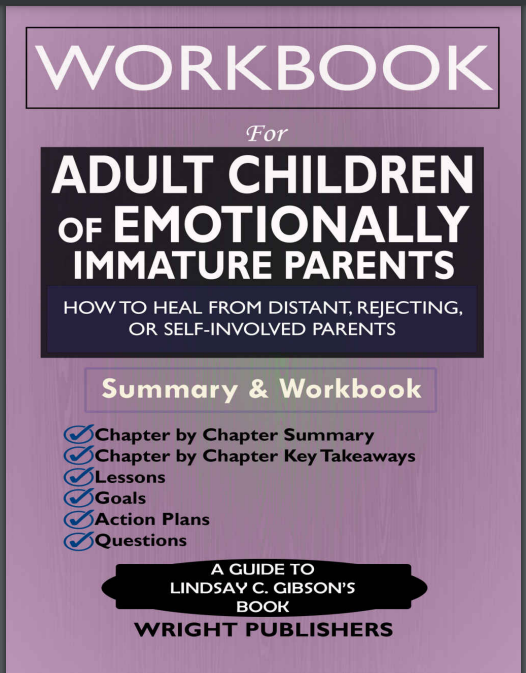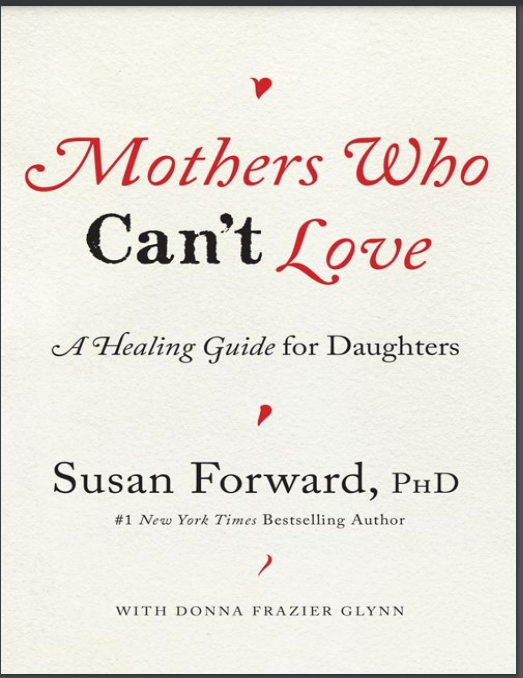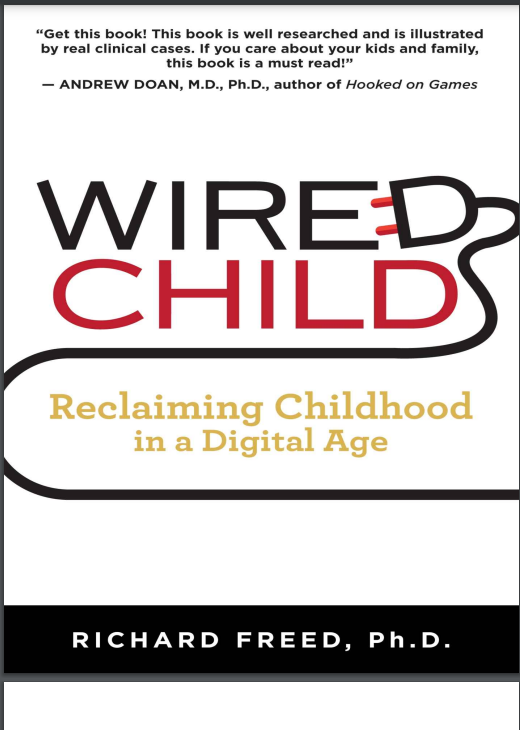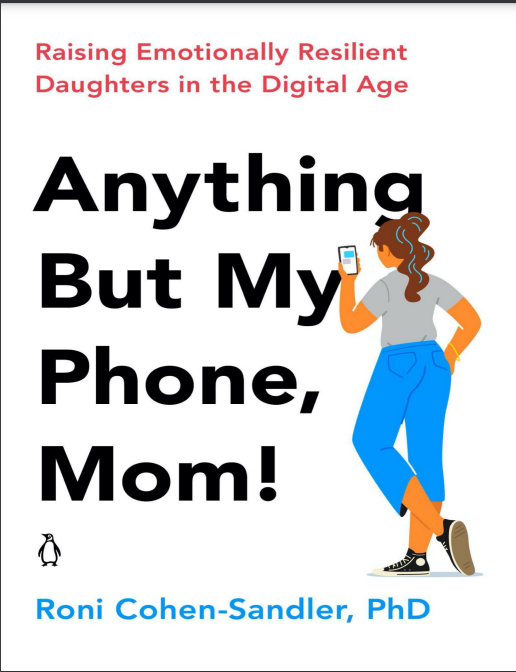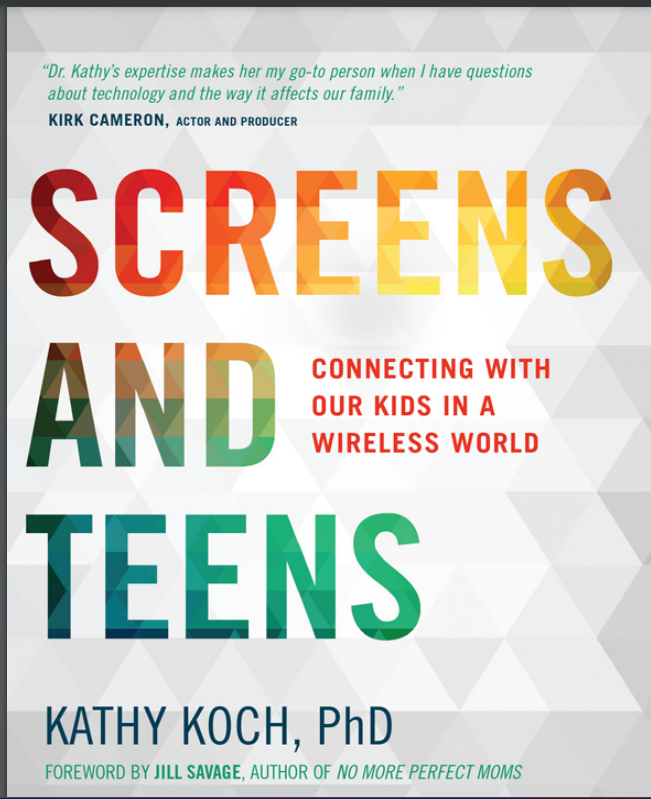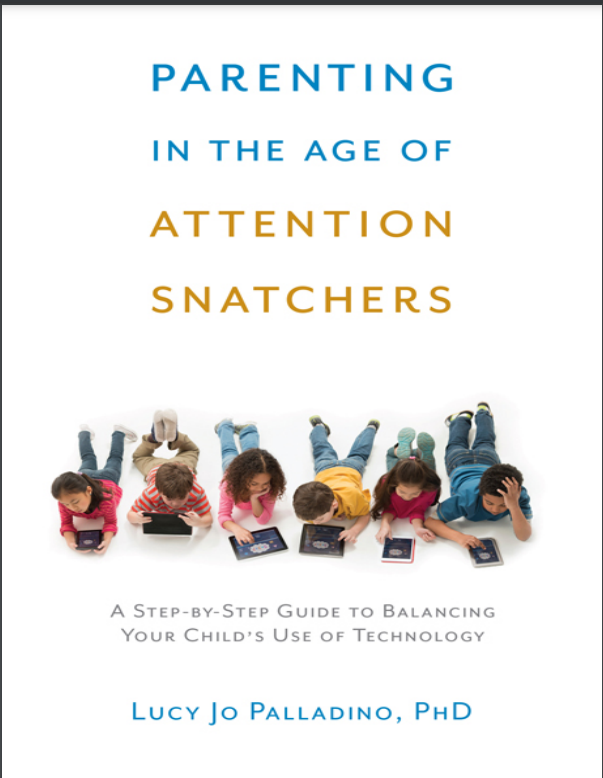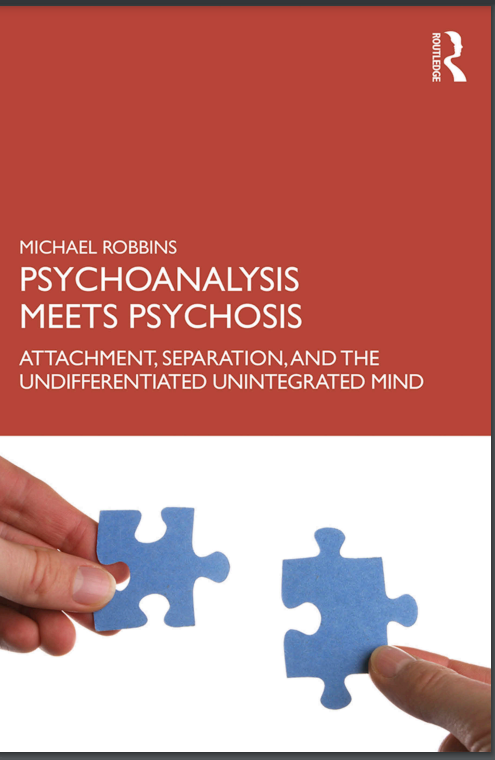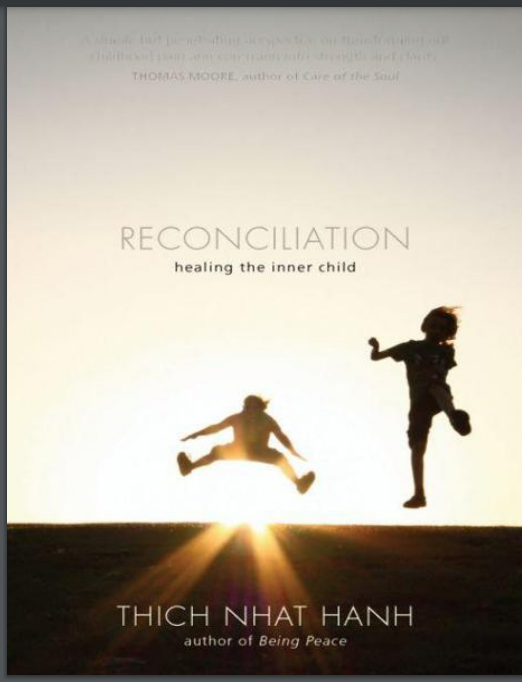

Sounds and Perception: New Philosophical Essays
Reviews
No review yet. Be the first to review this book!
Description
Sounds and Perception: New Philosophical Essays, edited by Matthew Nudds and Casey O'Callaghan, is a comprehensive and thought-provoking collection that brings together leading voices in the philosophy of perception, focusing specifically on the nature of sound and auditory perception. The book challenges traditional assumptions in both philosophy and cognitive science, offering new perspectives on how we experience, interpret, and understand sounds in the world. The essays explore several foundational questions: What exactly are sounds? Are they physical properties of objects, events, or something else entirely? How do sounds relate to their sources, and what is their ontological status? The contributors examine whether sounds are best understood as distal events located at the source of emission, as medium-based phenomena that depend on the propagation of waves, or as experiences that are fundamentally subjective and perceiver-dependent. One major theme throughout the volume is the debate over source-perception versus sound-perception. Do we hear sounds themselves, or are we really perceiving the objects and events that make them? Some essays argue that auditory perception is inherently object-focused, closely tied to identifying and locating sources in an environment. Others suggest that the experience of sound has its own phenomenological character independent of any identification with objects or events. The collection also delves into the spatial and temporal dimensions of auditory experience. Contributors examine how sounds convey spatial information, including directionality and distance, and how auditory perception handles temporal continuity, such as recognizing a melody or tracking an unfolding sound over time. Some essays address the auditory perception of movement, auditory scene analysis, and how we distinguish between background noise and meaningful auditory objects, like voices or instruments. Another important focus is the relationship between hearing and other senses, especially vision. Several essays explore the multisensory integration of sound and sight, considering how auditory information can influence spatial perception and how sounds contribute to the perception of events in a dynamic world. The volume also touches on aesthetic and practical dimensions of sound, such as listening to music, understanding speech perception, and the role of auditory experience in forming a coherent understanding of our environment. In summary, Sounds and Perception offers a rich, interdisciplinary approach to understanding the nature of sound and hearing. It bridges metaphysics, philosophy of mind, perception theory, and cognitive science, providing a comprehensive look at how sounds are experienced and conceptualized. For anyone interested in philosophy of perception, auditory science, or phenomenology, this volume presents cutting-edge essays that reframe traditional views and offer fresh insights into one of our most important senses.



 May 03, 2025
May 03, 2025

 May 03, 2025
May 03, 2025
 May 03, 2025
May 03, 2025





 May 03, 2025
May 03, 2025




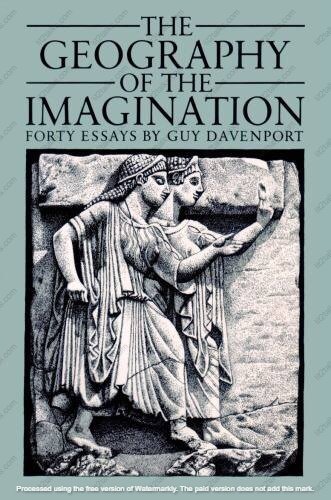
















.jpeg)
.jpeg)


.png)
.jpeg)







.jpg)


.jpg)







.jpg)






.jpg)











.jpg)



.jpg)
.jpeg)

.jpg)


.jpg)
.jpeg)










